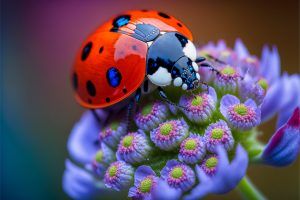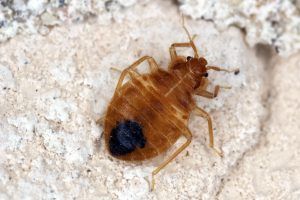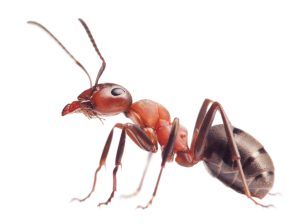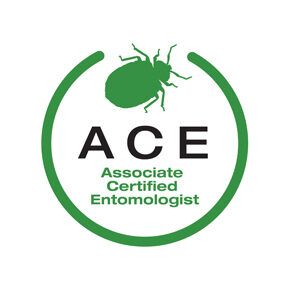The first recorded evidence of pest control methods was with the Sumerians in 250 BC. They used elemental sulfur to kill bugs that were eradicating their crops, living in their beds and on their bodies. In 300 AD farmers learned a biological form of pest control by using cats to catch and kill rodents that would eat their crop storage. During the medieval period, arsenic was experimented with to stop a broad range of pest issues. By the 1900’s pyrethrum was introduced which allowed a much safer form of pest elimination.

One of the turning points for how we began to think about pest management was during the Bubonic plague of the 1800’s to early 1900’s. This plague began in China during the 6th century with the next pandemic occurred during the Late Middle Ages which wiped out a third of Europe’s population. At first all you could do was quarantine the sick and make sure the dead were burned. It wasn’t until we figured out that the fleas were feeding on the infected rats that mass extermination began, and death tolls dwindled. To this day, because of the work exterminators do the Bubonic plague is kept in check along with many other dangerous pathogens and bacteria.


In more modern times we have learned much from fighting bed bugs and cockroaches. Both have proven formidable against even the strongest modern pesticides. Both become resistant to repeated treatments of the same chemical. Once this was realized pest control professionals cycled chemicals from service-to-service eradicating issues which led to less chemical usage and quicker elimination of the pest.


In the beginning the idea was to kill as many pests as possible then hope for the best. This way of thinking led to poisonings and many health hazards for civilians living near the treatments. Over time pest management evolved to think differently. We started to look at the environment around a pest and discovered cause & effects between the pest and certain conditions in an environment. This new way of thinking allowed us to handle an issue by removing the conditions that enticed the pest instead of just spraying and killing all the pests that tried to come in.


To this day sanitation and tidiness are still the number one way to stop unwanted pests. Remove the food you remove the pest. What we see as a simple act of taking out the trash and having it hauled away is one thing, we now do to make sure our home is sanitary and does not attract unwanted pests. We launder our clothes for more than just getting the grass stain out. Bugs loved living in the all-natural fibers we make our clothes from. The looser knits and lack of washing machines next to a warm host with plenty of blood was a perfect home for many little creepy crawlers.


Nowadays we have a material for every issue. All natural materials that can boast moderate success at stopping pests and prove no harm to mammals. Chemicals designed not to be absorbed into mammal skin and also target specific pests leaving non target pests unharmed. By targeting a material to the right location and for the right pest, risk is reduced both to the environment and us.
The exterminator has come a long way from the days of covering yourself with sulfur to kill the body lice. With every day that goes by pest management professionals and associations have dedicated themselves to solving pest issues with reduced risk to the general public while still eradicating the pests that are always after our food, shelter and us.
~ C. Mojo A.C.E
beesmart.buzz Office (860) 446-7500




